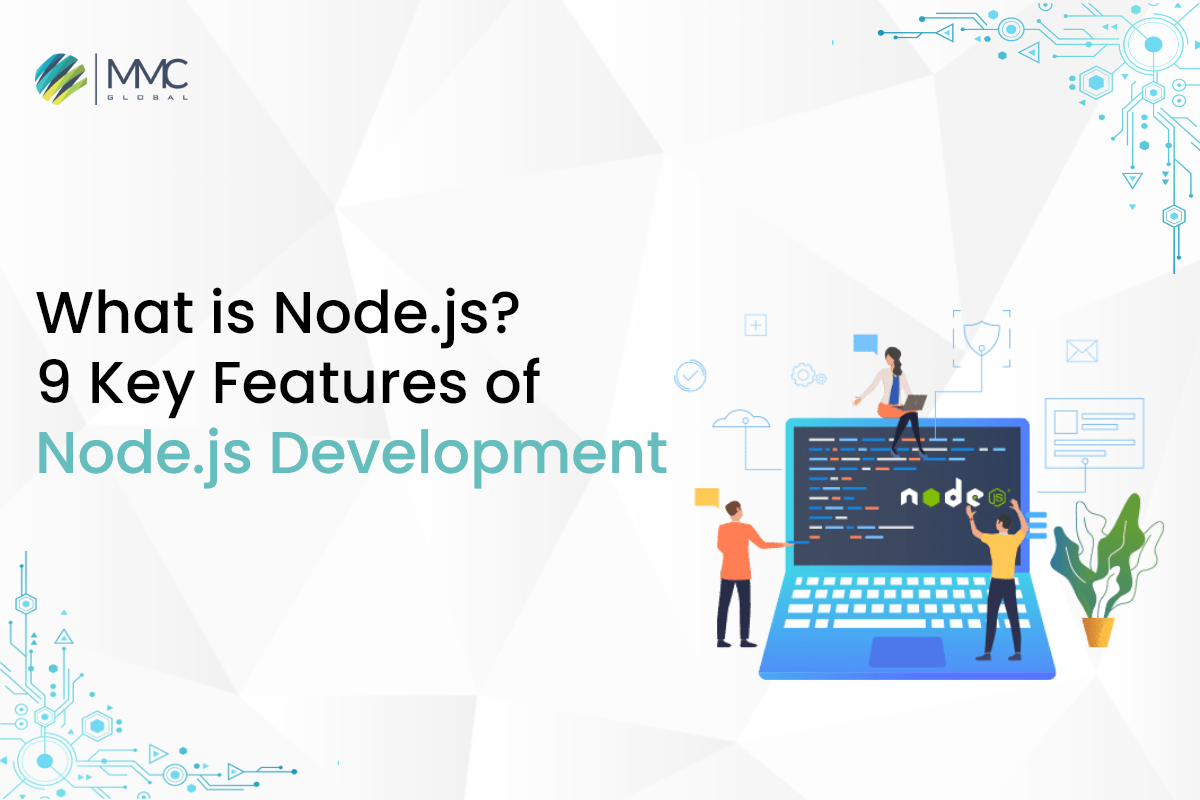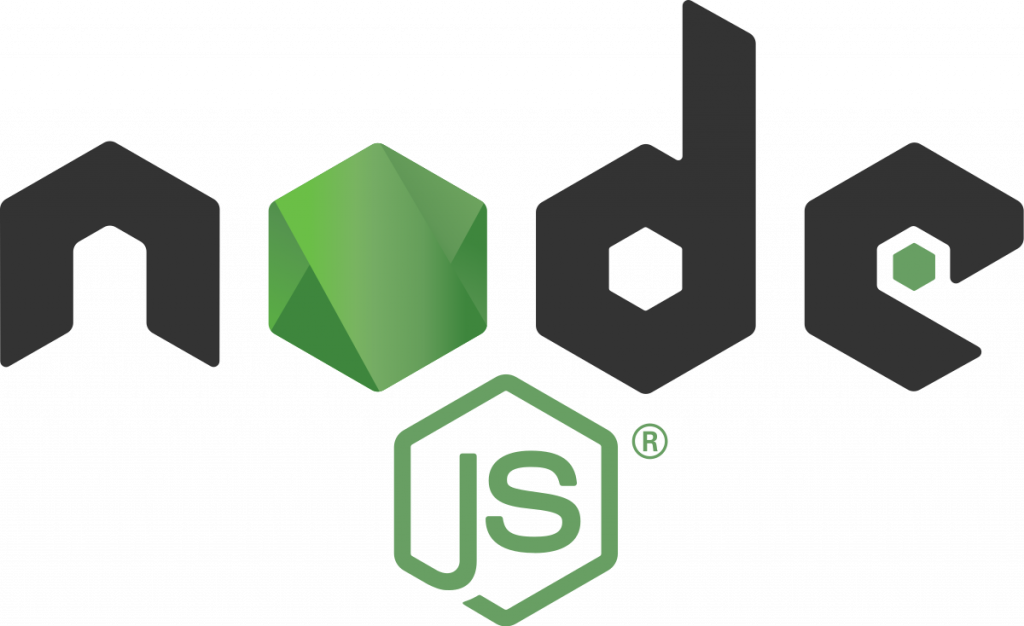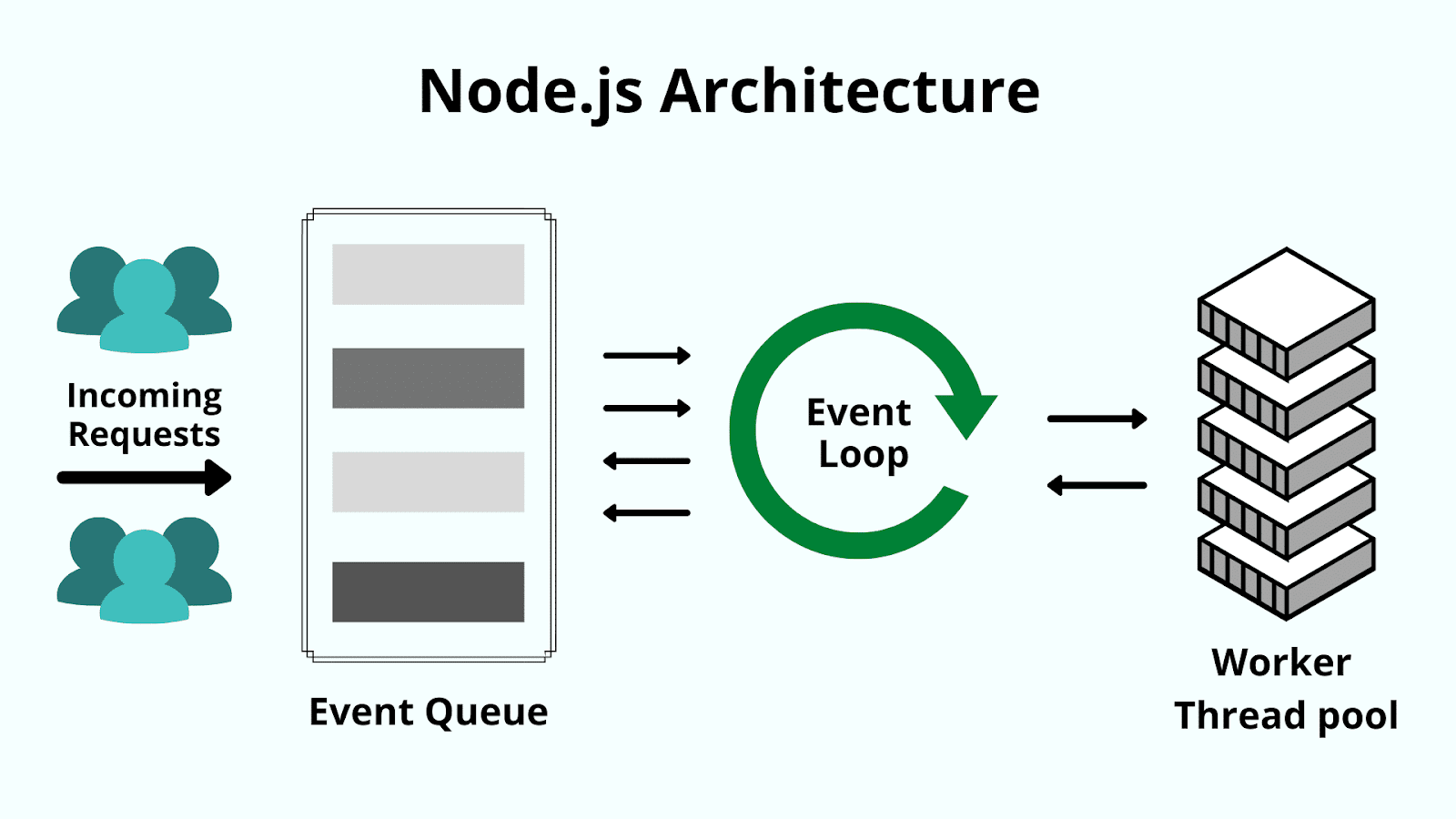What is Node.js? Pros and Cons of Node.js Development


Node.js development is a single-threaded, open-source, cross-platform runtime environment for developing server-side and networking applications that are fast and scalable. It features an event-driven, non-blocking I/O architecture and operates on the V8 JavaScript runtime engine, making it efficient and ideal for real-time applications.
One of the most widely used programming languages is JavaScript. It now runs millions of websites and has inspired a slew of web developers and designers to create new features. JavaScript is easily one of the greatest programming languages to learn if you’re new to programming.
At MMCGBL, the Node.js development team has built multiple node.js projects with a success rate of 100% client satisfaction. Our project manager firstly consults our clients and then discusses the whole development process to keep them in the loop.
JavaScript was initially for client-side scripting during the first 20 years of its life. Developers had to work in several languages and frameworks between the front-end and back-end components since JavaScript could only be utilized within the <script> element. Later came Node.js, which is a run-time environment that contains everything needed to run a JavaScript program.
Node.js written in…
C, C++, and JavaScript support Node.js.
“A bundled combination of Google’s V8 JavaScript engine, the libuv platform abstraction layer, and a core library, which is mostly written in JavaScript,” according to Wikipedia.
Essentially, the runtime employs Chrome V8, which is a JavaScript execution engine developed in C++. This expands Node.js’ capabilities, allowing it to access internal system features, for example (like networking).

The architecture of Node.js and Its functionality
To manage several clients at once, Node.js employs the “Single Threaded Event Loop” design. We need to understand how multi-threaded concurrent clients are handled in languages like Java to explain how this differs from other runtimes.
Multiple clients make a request in a multi-threaded request-response architecture, and the server processes each one before returning the result. On the other hand, they are handled by numerous threads that handle concurrent calls.
Node.js works in a unique way. Let’s have a look at each of the steps it takes:
- To serve requests, Node.js keeps a small thread pool.
- When a request is received, Node.js adds it to a list.
- The single-threaded “Event loop,” which is the essential component, now enters the picture. This event loop will never stop waiting for requests.
- The loop takes a request from the list and determines if it needs a blocking input/output (I/O) action. If not, process the request and send a response.
- The event loop allocates a thread from the internal thread pool to process the request if it requires a blocking action. Only a few internal threads left. The worker group is a collection of auxiliary threads.
- Once the blocking operation gets completed, the event loop records blocked requests and adds them to the queue. This is how it keeps its non-blocking properties.
Because Node.js employs fewer threads, it consumes fewer resources/memory. Also, it allows completing tasks faster. As a result, single-threaded design is comparable to multi-threaded architecture for our needs. When dealing with data-intensive jobs, multi-threaded languages such as Java make a lot more sense. However, Node.js is the logical choice for real-time applications.

Key Features of Node.js Development
Node.js development assists the developers to build a website or mobile application development either in front-end or back-end programming from the server-side. Let’s see the Key features that fascinate developers to have a good command of it.
Easy Scalability
It gives apps a lot of scalabilities. Because Node.js is single-threaded, it can handle a large number of simultaneous connections while maintaining good throughput.
Furthermore, during the vertical scaling of the application, Node.js allows you to add extra resources to single nodes. So, it is very scalable and gives better options than other JavaScript servers.
Easy to learn
Because JavaScript is one of the most widely used programming languages, most front-end engineers are familiar with it.
It becomes much more straightforward for them to begin utilizing Node.js on the backend. It is simpler to understand Node.js and to work with it takes less time.
Single Programming Language
Developers may write server-side apps in JavaScript using Node.js. This enables Node.js developers to use a runtime environment to create both the front-end and back-end of a web application in JavaScript.
They also do not need the usage of any other server-side programming language. Because practically all online browsers support JavaScript, it also makes the deployment of web applications easier.
Hire Full Stack JS
Node.js is a full-stack JavaScript, serving both client and server-side applications. As a result, you won’t need to engage different engineers for backend and front-end development. It helps you save both money and time.
High Performance
Node.js executes JavaScript code using Google’s V8 JavaScript engine, as previously stated. The JavaScript code is directly compiled into machine code by this engine. This makes it much easier and faster to put the code into action.
Because it provides non-blocking I/O operations, the runtime environment improves the speed of code execution.
Large Community Support
Node.js is fortunate to have a big and active developer community that is always contributing to its growth and enhancement.
In reality, JavaScript programmers help the developer groups by supplying ready-made and simple solutions and scripts on GitHub. Many more developers are likely to initiate the future.
Get more info: 20 Top Active Programming Forums for Developers
The Advantage of Caching
The Node.js open-source runtime environment also allows for the caching of single modules. Every time the first module is requested, it is cached in the program memory.
Because caching enables applications to load web pages faster and react to users more quickly, developers don’t have to re-execute the codes.
Freely app development
Another benefit of Node.js for developers is the flexibility with which they may create apps and technologies.
This is an important feature that Ruby on Rails lacks when it comes to imposing rules. While developing apps, you may start from the beginning.
Highly Extensible
Node.js development is extremely extendable, which means you may adapt and expand it to meet your specific needs.
JSON may also be used to offer a means for data to be sent between the web server and the client. It also comes with built-in APIs for creating HTTP, TCP, and DNS servers, among other things.
Few Downsides of Node.js Development
The following are the downsides of the Node.js development that you should never forget.
Unstable Application Programming Interface
One of the most common issues that most developers confront is that the Application Programming Interface (API) changes frequently and does not remain stable.
Occasionally, a new API arrives with a number of modifications that are backward incompatible. As a result, developers need to make modifications to the available code bases in order to ensure compliance with the current Node.js API version.
Asynchronous Programming Model
Adoption of the asynchronous programming approach is a must if you want to make your applications more scalable.
However, in contrast to linear blocking I/O programming, many developers may find this programming approach to be more complex.
Another disadvantage of asynchronous programming is that the code tends to become complicated, forcing programmers to rely on nested calls.
Weak Library Support System
In comparison to other programming languages, JavaScript lacks a well-equipped and powerful library system.
As a result, users utilize a common library to do activities like Object-Relational Mapping (ORM), image processing, database operations, and XML parsing. This makes it difficult for developers to use Node.js to do even basic programming tasks.
Ending Notes
In comparison to its downsides, Node.js development is more beneficial to developers. What’s more, it has broadened the scope of JavaScript applications. It indicates that it can be used for both frontend and backend servers.
With the passage of time, an increasing number of commercial companies have implemented Node.js, with excellent outcomes. If you are looking to develop your application or website with Node.js, then MMC will be the best option. Let’s start today with consultation and then we will start your project development.
In this article
Toggle


